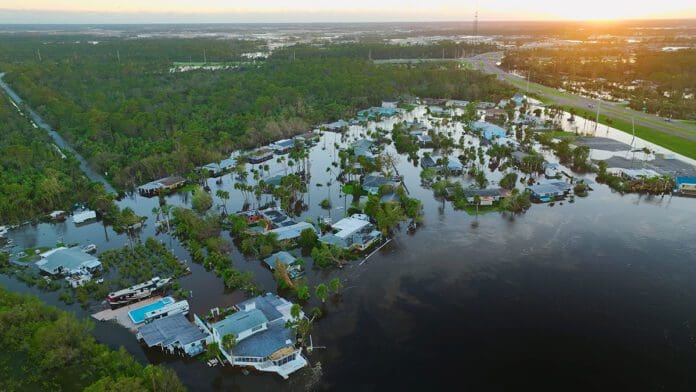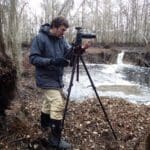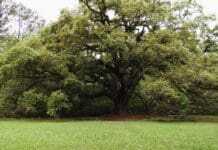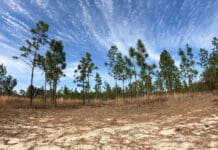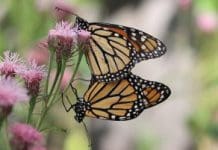I was looking out at a Category 5 hurricane, and not for the first time. But unlike during Hurricane Andrew, over thirty years ago, this time the glass didn’t break. I was visiting the University of Miami’s SUSTAIN Lab, where they make hurricanes- up to cat 5, safely contained within a box. Within that box, the lab tests barriers they hope will one day protect our coasts from strong storms and specifically storm surge.
A few weeks before my November visit, we had a reminder of why SUSTAIN is doing this work. In October, Hurricane Ian devastated southwest Florida. It had only been four years since Michael hit the panhandle. That’s one Category 5 (Michael) and two Category 4 storms(Irma and Ian) hitting Florida over a five-year period, causing over 200 billion dollars of damage.
Strong storms are becoming more frequent. When Andrew hit Miami in 1992, it had been decades since the last Category 4 or 5 storm hit Florida, and over a decade before the next (Charley, Category 4). Every time one inches towards the Gulf of Mexico, all of Florida nervously tracks its cone.
However, as SUSTAIN director Dr. Brian Haus says, much of the damage from hurricanes comes from storm surge, which affects areas outside the cone.
“People tend to focus on the cone, which is all about wind speed and did not pay enough attention to the fact that even three days out [from Hurricane Ian], there was supposed to be basically seven feet of water over Sanibel Island…I mean, there was significant storm surge [that] had been forecast, even if the storm had gone to Tampa Bay.”
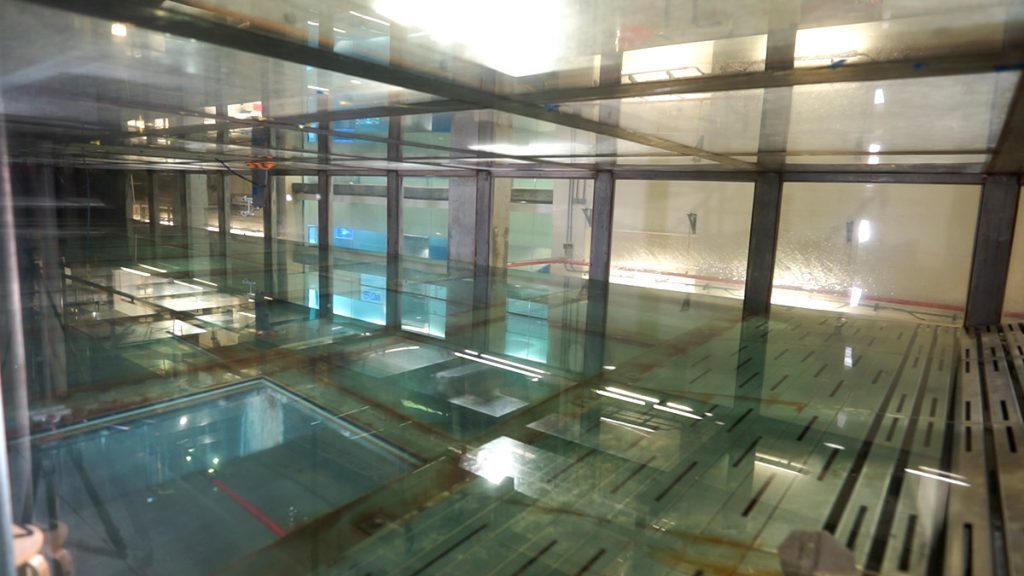

An interdisciplinary approach to hurricane preparedness
In the short term, hurricane preparedness is understanding the strength of a storm, the conditions it may cause, and where it is going. In the long term, preparedness is designing communities that can best withstand whatever storm comes their way.
Rob Diaz de Villegas is a senior producer for television at WFSU Public Media, covering outdoors and ecology. After years of producing the music program OutLoud, Rob found himself in a salt marsh with a camera, and found a new professional calling as well. That project, the National Science Foundation funded "In the Grass, On the Reef," spawned the award-winning WFSU Ecology Blog. Now in its tenth year, the Ecology Blog recently wrapped its most ambitious endeavor, the EcoCitizen Project.
Rob is married with two young sons, who make a pretty fantastic adventure squad.

